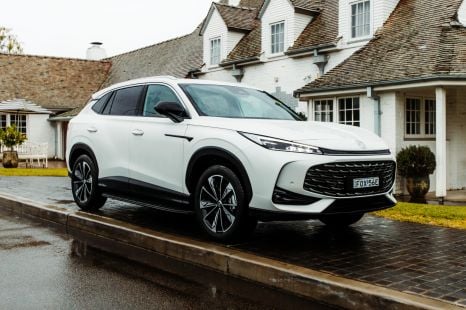

James Wong
3 Days Ago

Contributor
Only a few more sleeps and we’ll get to properly see Smart‘s first crossover, the #1. Yes, it has a hashtag in its name.
Smart has confirmed in a suite of recent teaser images the global reveal of its small electric crossover will be on April 7, 2022.
The teaser images don’t really give much away besides small glimpses of the #1. Thankfully we have seen the electric crossover a number of times already so we have a good idea of what it’ll look like.
Recently spied inside and out during final winter tests, the Smart #1 retains the Concept 1 SUV’s silhouette and design cues.
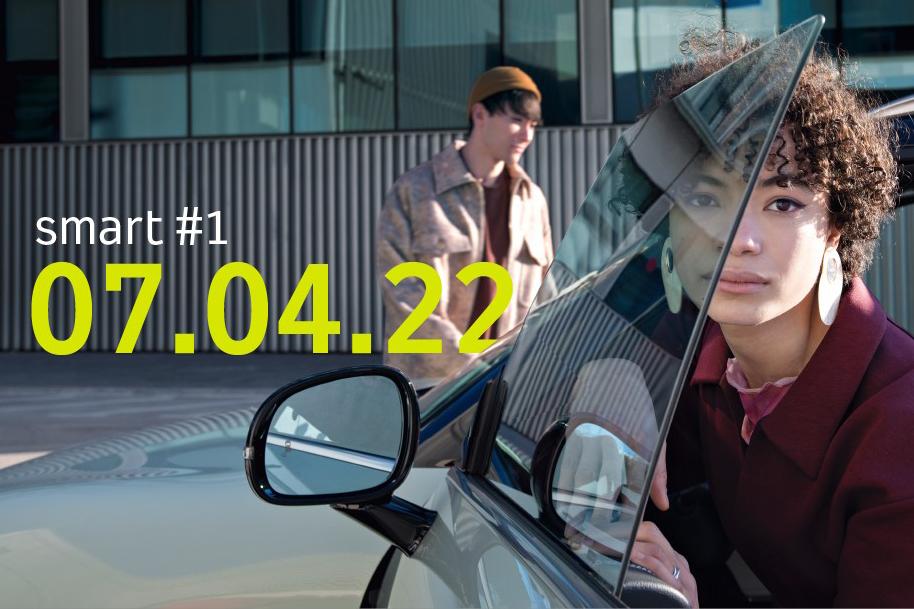
Compared to the Concept 1, the previously spied #1 prototype had larger headlights, as well as extra side air intakes.
Around the side, there were larger mirrors, conventionally-opening rear doors, thicker B- and C-pillars, as well as visible cutouts for flush-fitting door handles.
One of the prototypes also had red-painted brake calipers which potentially hints at a sportier variant.
At the back, the spied #1 prototype appeared to be very similar to the Concept 1 with the full-width light bar, but had a slightly different bumper design.
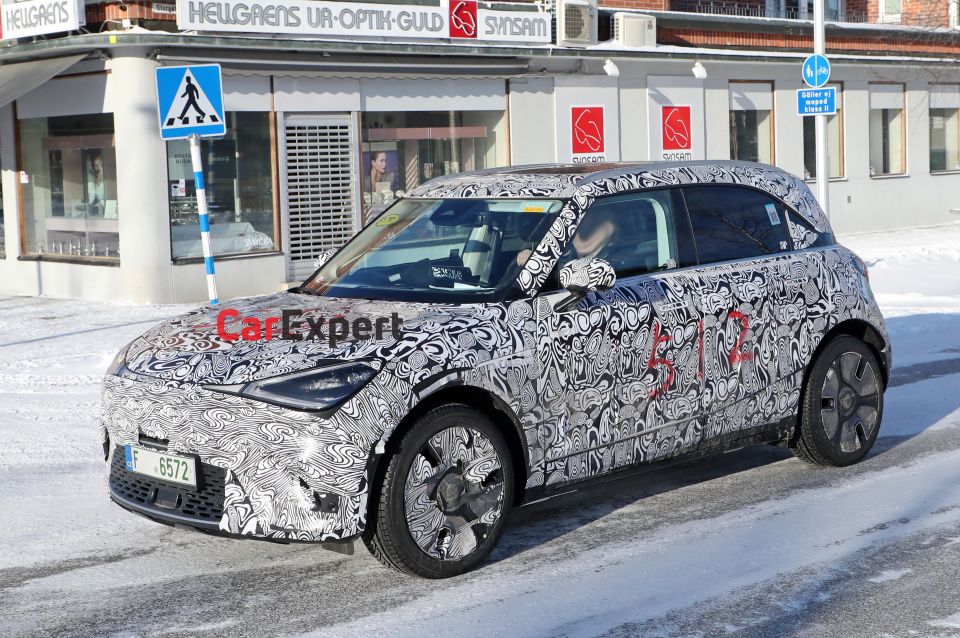
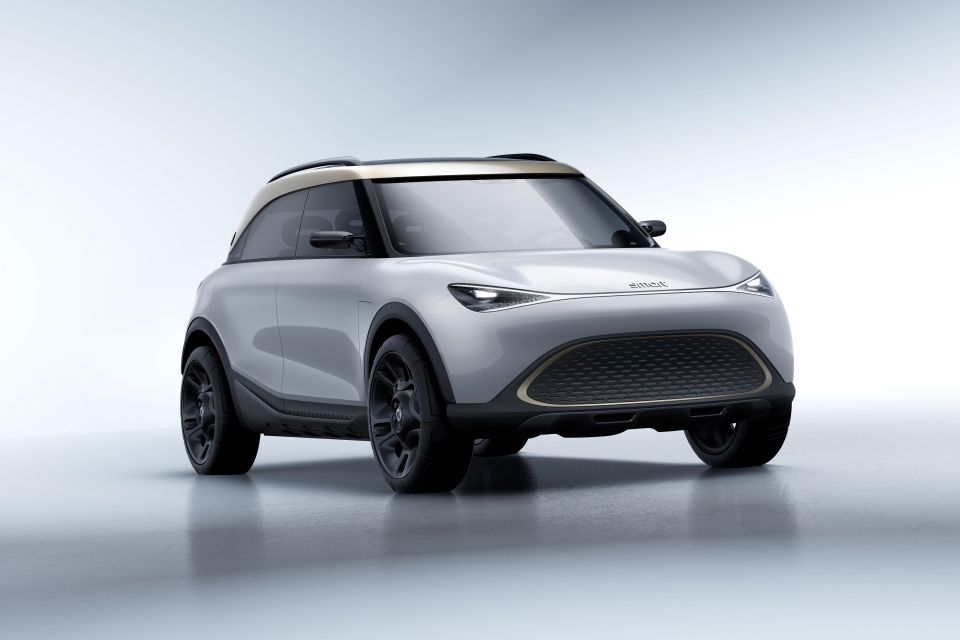
The parked prototype’s interior was mostly covered but was largely the same as the Concept 1 albeit without the gold accents.
There was a large, Mercedes-Benz centre stack with a number of storage cubbies, elliptical air vents and a large, covered touchscreen infotainment system.
The parked prototype even had red seat belts to match the exterior paint colours that can be seen on the inside of the exterior side mirrors.
The automaker previously confirmed its upcoming range of Chinese-built models will all feature a hashtag followed by a number, which it says is “evocative of trendsetting in the digital era”.
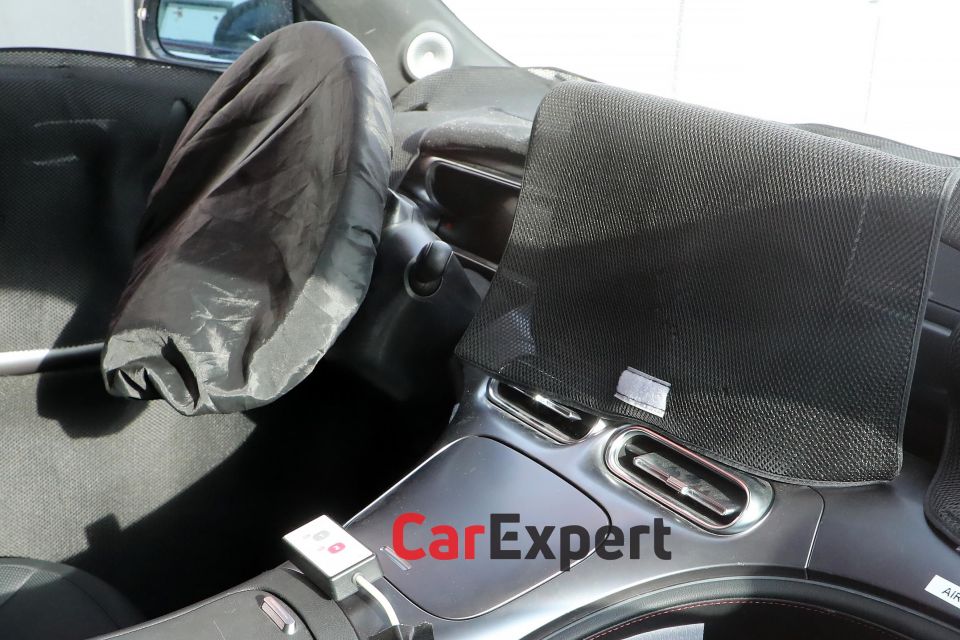
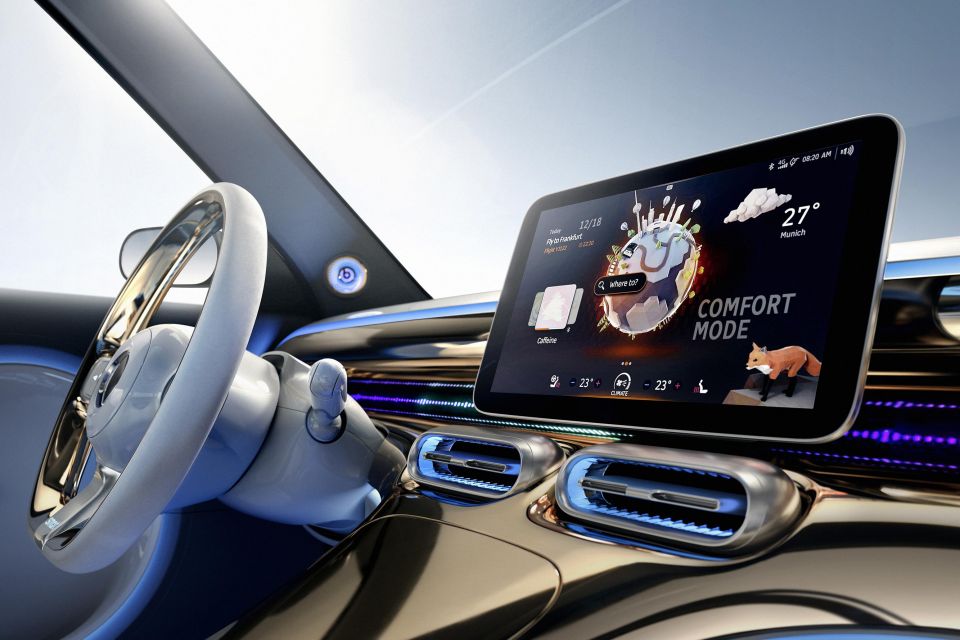
If the Concept 1 is anything to go off, the #1 will measure around 4.3m long, 1.7m tall, and 1.9mm wide, with a 2.75m wheelbase. This would make it a comparable size to the Mercedes-Benz EQA electric SUV.
The #1, as with all future Smart vehicles, will be electric-only, but details about the #1’s drivetrain options have yet to be revealed.
Smart was originally founded in 1994 as a joint venture between Daimler and watch maker Swatch.
As development costs rose for the brand’s first car, the Smart Coupe, Daimler took a majority stake and then full ownership of the brand.
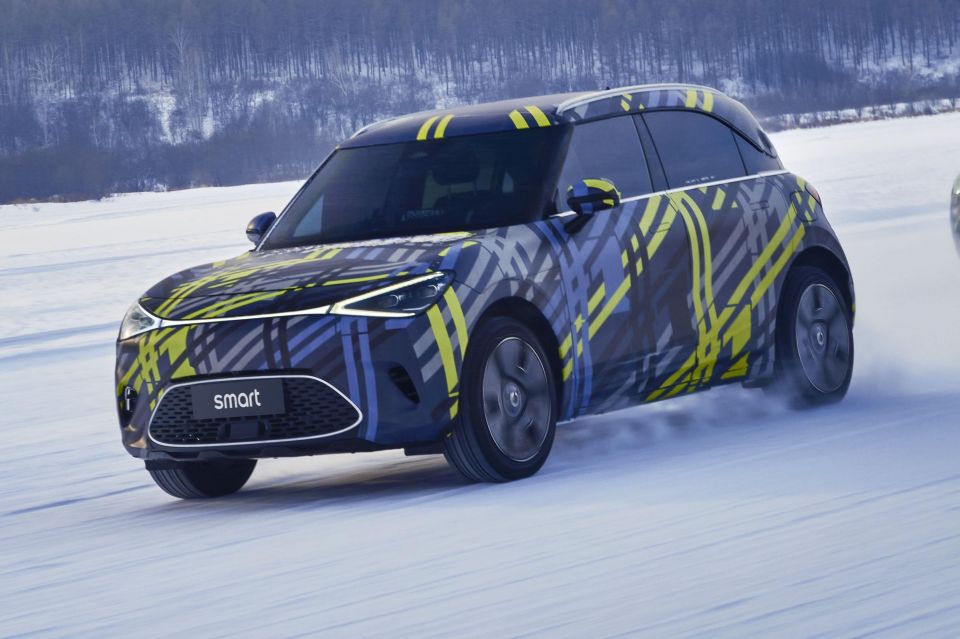
Since its inception, Smart has struggled to turn a profit, and in 2019 Geely purchased a 50 per cent stake.
As part of the joint venture, Smart’s new vehicles are designed by Mercedes-Benz and engineered by Geely. They’ll also be built by Geely in China, and exported around the world.
Smart’s original factory in Hambach, France, has been sold to the chemical firm giant Ineos, which is starting to build its Grenadier SUV there.
Smart left Australia after the 2014 model year when the previous-generation Fortwo was being replaced. There’s no word on a potential return.
Take advantage of Australia's BIGGEST new car website to find a great deal on a Smart #1.
Jack Quick is an automotive journalist based in Melbourne. Jack studied journalism and photography at Deakin University in Burwood, and previously represented the university in dance nationally. In his spare time, he loves to pump Charli XCX and play a bit of Grand Theft Auto. He’s also the proud owner of a blue, manual 2020 Suzuki Jimny.


James Wong
3 Days Ago
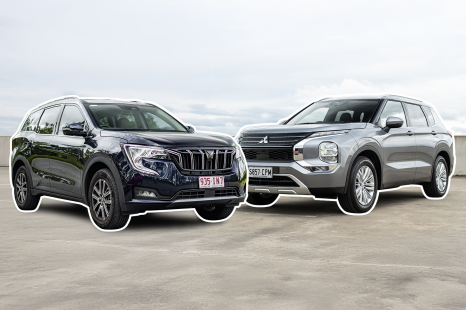

Andrew Maclean
2 Days Ago


Max Davies
2 Days Ago
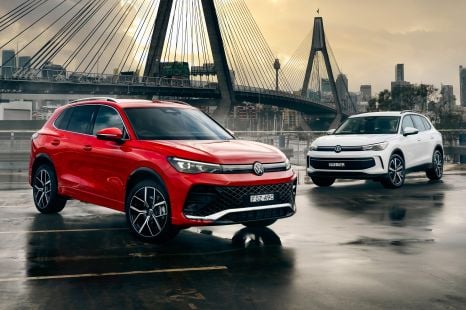

Max Davies
2 Days Ago


Josh Nevett
1 Day Ago
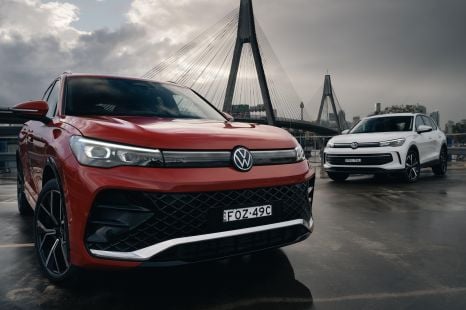

Max Davies
20 Hours Ago